
Homey vs Zipato Zipabox 2 - Smart Home system comparison
Choosing your smart home system is the most important decision in your smart home. As the heart of your setup, it determines what you can and cannot do. It also provides the interface for your home. The systems' compatibility determines what you can and cannot add in the future. Needless to say, you want to choose right.
Homey and the Zipato Zipabox 2 are both smart home systems available in Europe. But how do the two compare? What are the differences and similarities? Let’s find out.
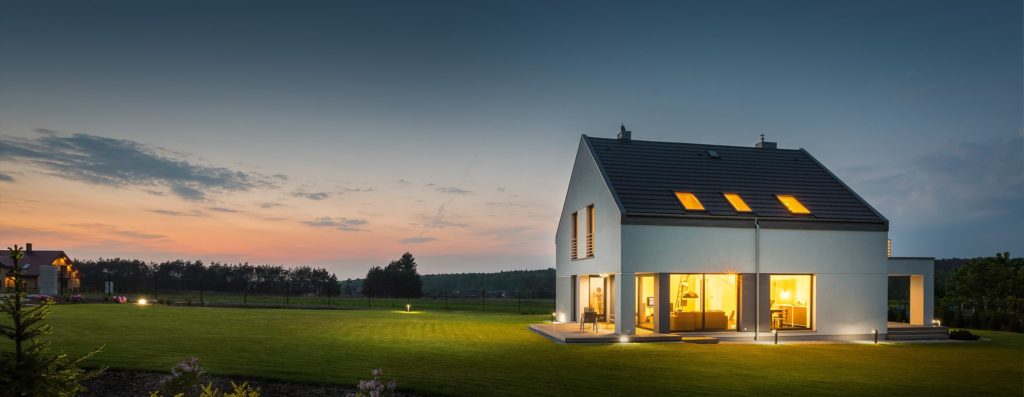
Summary
This is a summary of how the two systems stack up. For a more in-depth view, please read on. For comparison's sake, we have used the most commonly used configuration of the Zipabox 2, including a Z-Wave module.
| Homey | Zipabox 2 + Z-Wave Module | |
| Supported devices | 50,000 | ‘Thousands’ |
| Supported technologies | ||
| Z-Wave Plus | ✔️ | ✔️ |
| Zigbee | ✔️ | + €59 |
| Wi-Fi / LAN | ✔️ | ✔️ |
| Bluetooth Low Energy | ✔️ | ✔️ |
| 868 MHz | ✔️ | ❌ |
| 433 MHz - Trust / DIO | ✔️ | + €59 |
| 433MHz - Somfy | ✔️ | + €59 |
| Infrared | ✔️ | ❌ |
| KNX-IP | ✔️ | + €129 |
| Voice assistants | ✔️ | ✔️ |
| Mobile App | Simple + Advanced | Simple |
| Privacy-aware | ✔️ | ✔️ |
| Automation | Powerful for free | Powerful for + €99 |
| Energy management | ✔️ | ❌ |
| User Management | ✔️, Free | + €99 |
| Price | € 299 | € 249 |
| Languages | EN, DE, ES, FR, IT, NL, DK, SE, NO | EN, RU, CN |
| Platform | Open app platform | Closed |
| Software status | Fast development | Mediocre development |

Compatibility and versatility
Let’s start with the most important aspect: compatibility. The connectivity and device support of the system determines what you can and cannot link. After all, you choose a smart home system to manage your whole house – not just 75%. Connectivity also influences the future: how much freedom do you have when you want to buy new devices?
The comparison between Homey and the Zipabox 2 here is not that easy, as the systems have different approaches. Homey is an all-in-one device. It always has all the wireless smart home technologies included. With the Zipabox 2, you have to buy ‘blocks’ of € 59 with every technology you add. If you have a Z-Wave block and want to add a Zigbee lightbulb, you first need to shell out € 59. Also, you need to know which device supports which technology to properly integrate it.
Homey supports seven wireless technologies – always: Wi-Fi, Bluetooth Low Energy, Z-Wave Plus, Zigbee, 433MHz, 868MHz and Infrared. With the Zipato Zipabox, the supported technologies depend on your blocks. Based on the most-used configuration, Zipabox 2 supports Wi-Fi, BLE and Z-Wave Plus. Next, you can add blocks for Zigbee, enocean or 433MHz technology for € 59 each. With € 249 for the Zipabox + Z-Wave configuration, € 99 for a PRO upgrade for user management and proper automation (more on that later) ánd an extra € 59 per technology, the price rises quickly - far above Homey's.
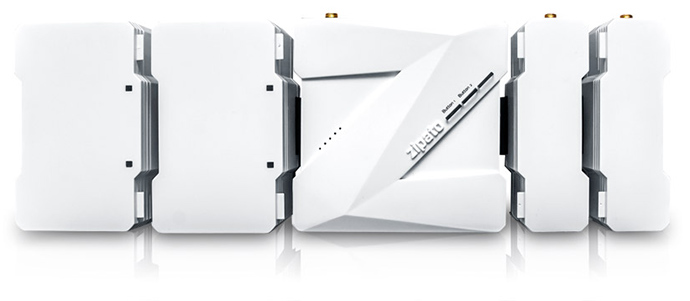
That’s the difference on a frequency / technology level. However, a technology supports multiple brands, devices and/or protocols. Here there is a difference too. On a technology like Wi-Fi, Homey supports far more products. Examples include full support for many Smart thermostats and Spotify Connect speakers. Or integrations with internet services to make you home smarter.
Pricing and PRO
Nothing comes for free, and price is always a factor when choosing products – whether they are smart home or not. Comparing prices is not that easy here, however. Homey’s price is straightforward at € 299 for an all-in-one device. On the other hand, the Zipabox 2's price is based on the blocks you have. Zipabox starts at € 249 for the basic setup with Z-Wave.
Every extra module with other technologies will cost you an extra €59 - €129. So if you want to combine Wi-Fi, Z-Wave and Zigbee devices, it's already more expensive than Homey (which holds seven technologies).
And then there's Zipato PRO. If you want to have real automation options (with and... conditions), or if you want to combine more than three technologies, you need to shell out an extra € 99 to obtain a Zipato PRO license. When we build the Zipabox with the same technologies as Homey, we end up at € 249 + € 99 + € 59 (Zigbee) + € 59 (433MHz) = € 466! At that price, the system still omits Infrared, text-to-speech, and an open platform.
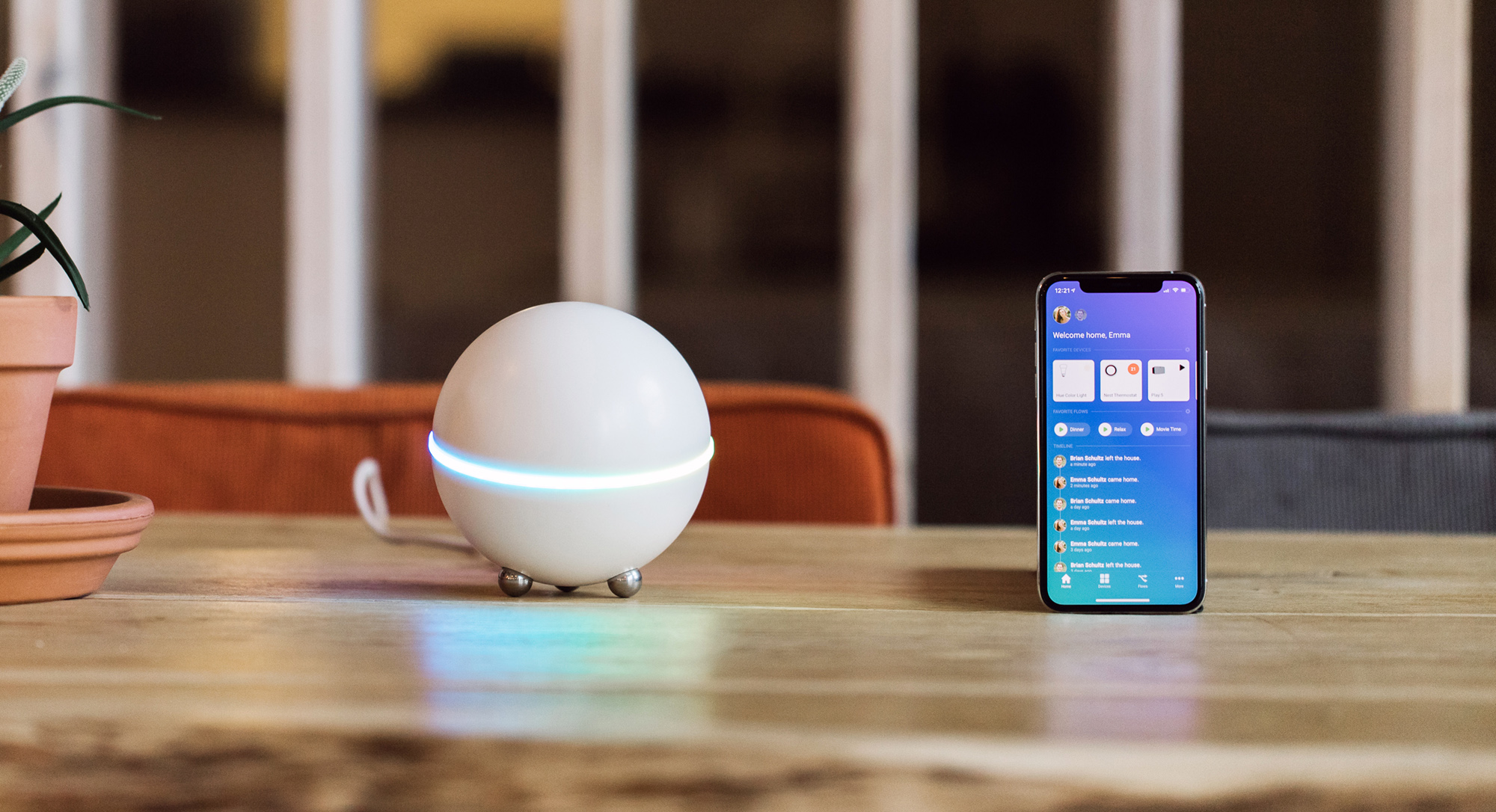
Platform and development
When you invest in a system, you want to use it for the years to come. When it comes to platform structure and future development, there is one big difference between Homey and Zipabox: Homey is built as an open platform, while the Zipato system is closed: no external apps can be developed.
This extends on the 'compatibility' point above. The open platform of Homey works like a smartphone: all integrations with devices and brands are separate apps. These apps are individually made, installed and updated. They are distributed through the Homey App store, and updates are published daily. That means that Homey's capabilities extend every day.
There is a whole developer community behind Homey. These developers build and maintain support for new devices and services. More and more manufacturers update their integration with Homey, to add their new devices on release. The open platform also allows for functionality that would never make it in a closed system.
Homey's capabilities are evolving fast as the Homey team is constantly working to make Homey better. But what's even better than that: because of the open platform, they are not the only ones!
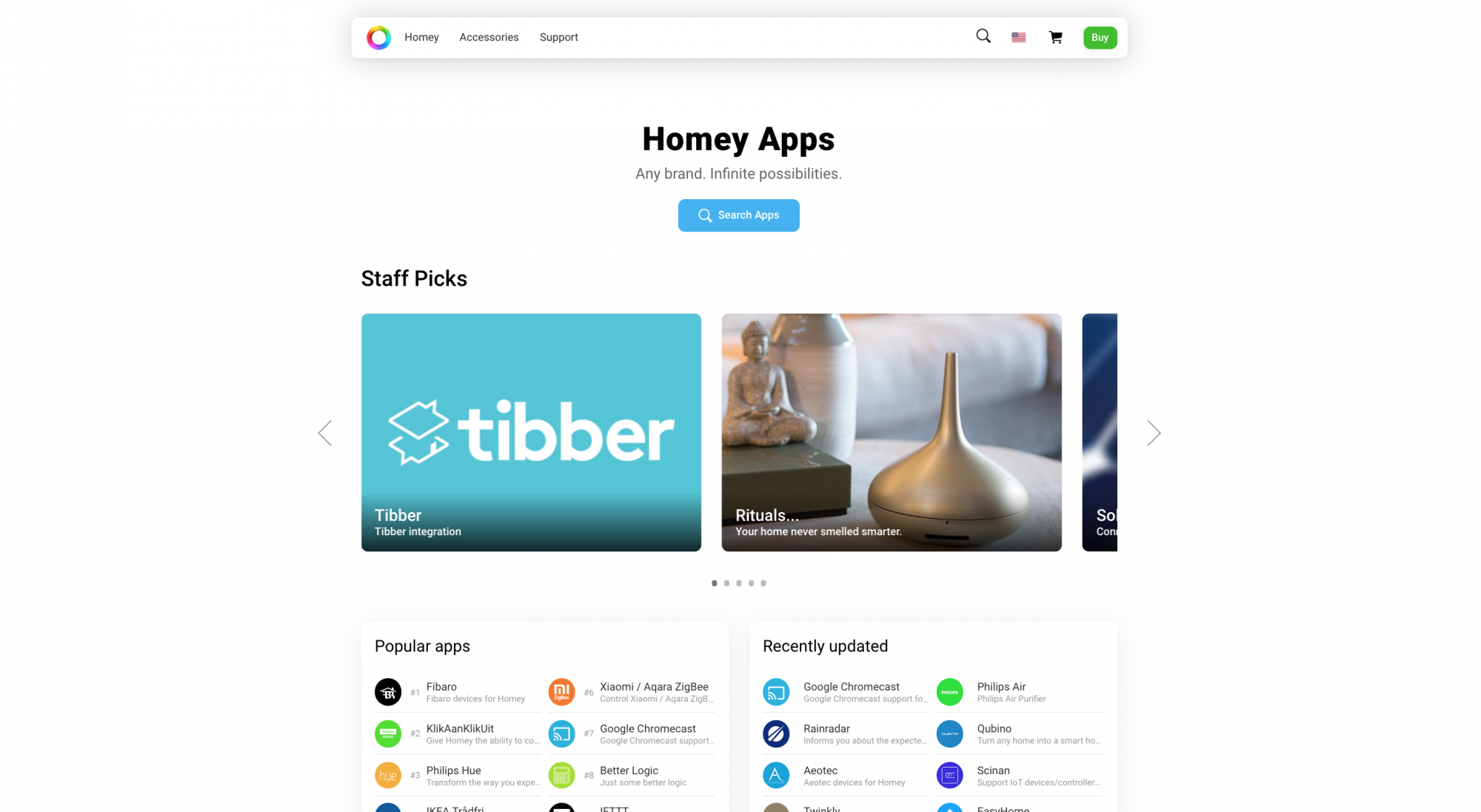
Interfaces, Apps and voice assistants
Both Homey and the Zipabox 2 feature a mobile app, a web-app for automation, and integrations with voice assistants like Alexa and Google Assistant.
The way these apps and interfaces work and look, though, makes all the difference. Generally, the interface of the Zipabox 2 is more complicated than Homey's. The most important differences in interface between the two systems can be found in the mobile app.
In short, the Homey app is more extended, more modern, easier to use and faster than that of Zipato. For instance, it features extended yet friendly automation options with Homey Flow, right in the mobile app. It also features settings, network management, user invitation, energy management with Homey Energy and many more features not found in the Zipabox 2 mobile app.
At the same time, the Homey app looks and works more modern than Zipato. Despite its options, the Homey app remains easy to use. The more advanced features are positioned well and can be disabled for users by inviting them on a ‘user’ or ‘guest’ level.
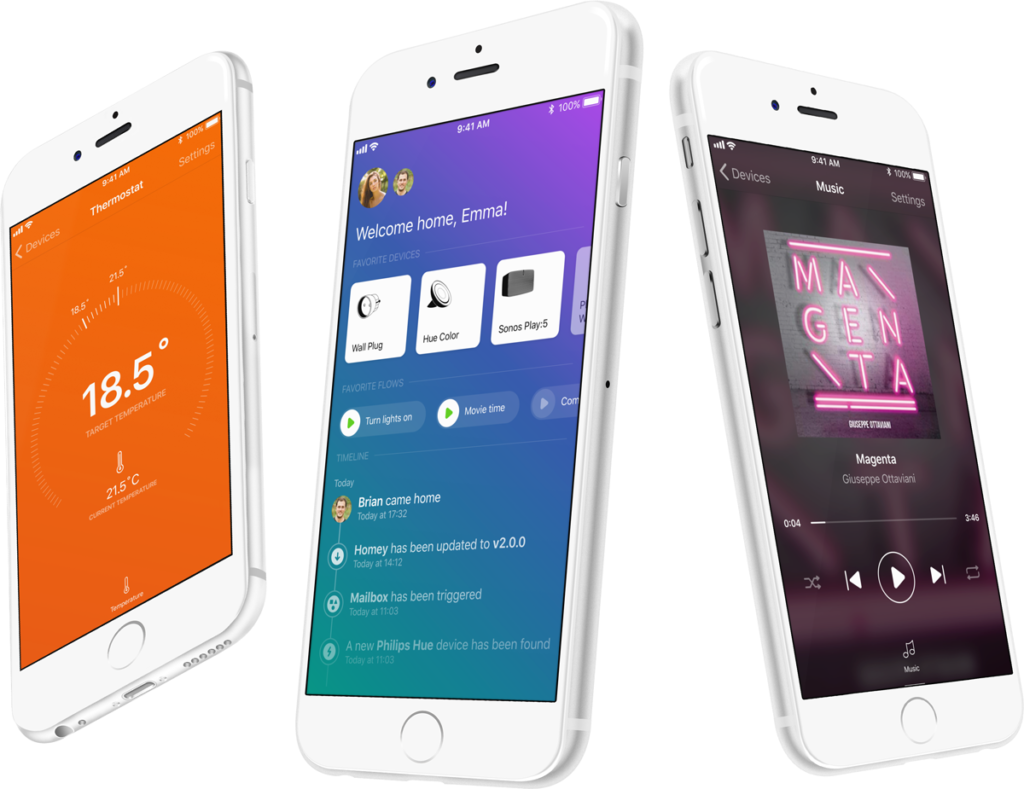

Privacy
Both Homey and the Zipato Zipabox 2 are designed privacy-first. They don’t sell your data, don’t do profiling and fully comply with EU GDPR. In this regard there is no significant difference.
Visual appearance
This one is heavily subjective, so you’ll have to choose for yourself:

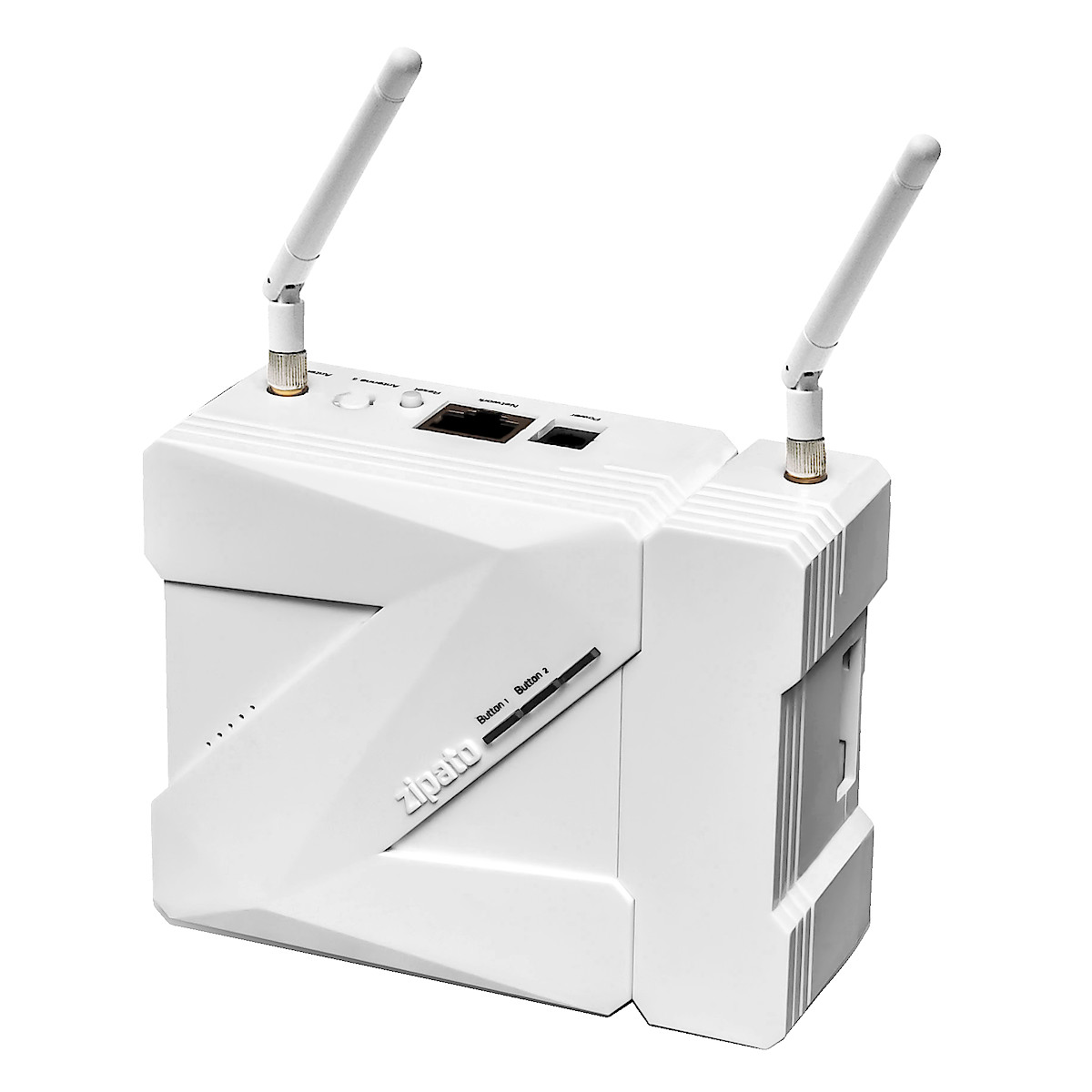
The one thing that can be said is that Homey is designed more for the living room, and the Zipabox 2 is less. Of course, Homey can also be put out of sight, but it has some interesting features that might make you want to put it in the living room:
- It looks cool and lets you talk about your smart home system to friends
- Homey has infrared, which requires a line-of-sight with your TV and/or stereo to work best
- It has a 3,5mm jack output which you can use for soundboard sounds to a stereo
- Its LED ring can be used in Flows: it can light up in different colors on scenarios. It can even be used with a ‘weather’ screensaver to depict current weather.
Automation
One of the core functions, next to device compatibility is automation. Both Homey and Zipato feature automation engines. However, the user interface of the two systems makes quite the difference.
Homey features automation in Homey Flow. Homey Flow is available directly within the Homey smartphone app. You can also access it via web on your PC to program Homey. The interface is modern, organised and relatively easy to understand. Yet, it has powerful capabilities with if… and../or.. then../else…, tags and logic, push notifications and Flows that can trigger each other. With Homey Flow, you can build anything, up to very advanced scenarios, in a friendly user interface.

Zipato only has a PC interface to automate your home, which is called 'Rule Creator'. The interface is quite heavy, and you need to go through a lot of options and functions to create your scene. To get the good automation options like and... conditions, you need to purchase the PRO license too. Zipato's interface definitely has a learning curve.
A couple of system features cannot be properly automated with Zipato, like user management (like enabling the housekeeper account only on Wednesdays) and smartphone push notification. You can set push notifications in the Zipabox 2, but these are not custom, and cannot be set in Scenes.
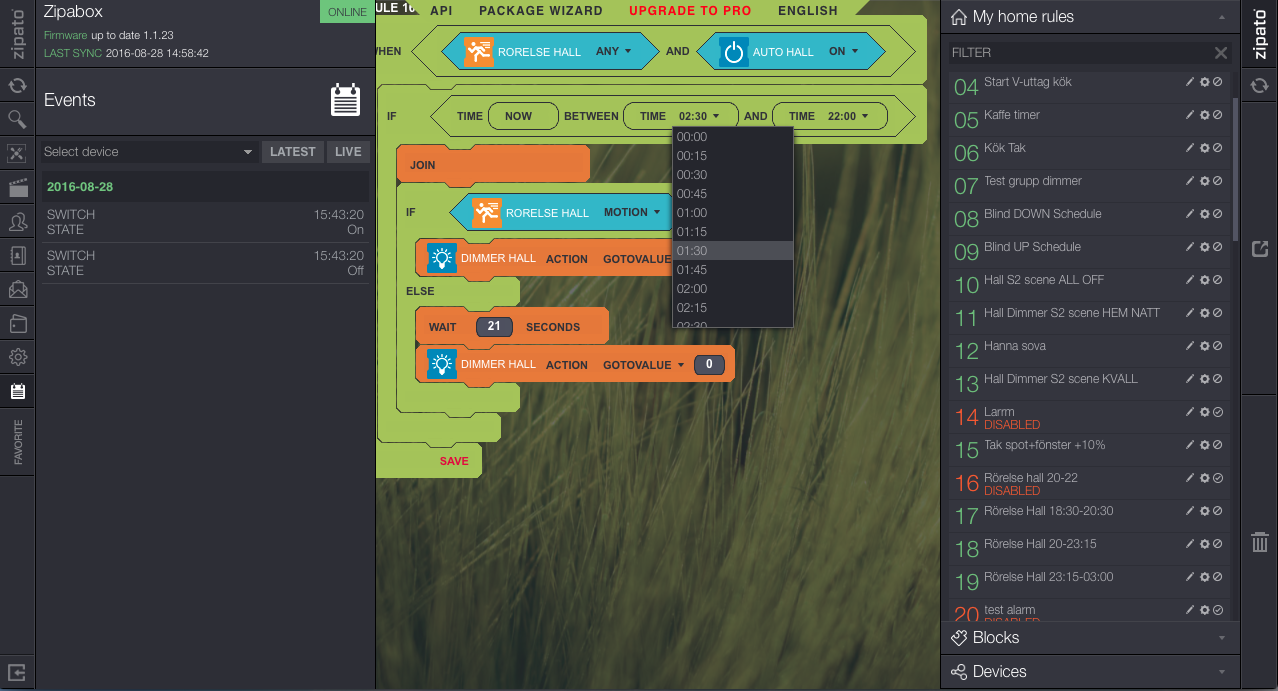
Homey vs. Zipato Zipabox 2 - Conclusion
The Zipato Zipabox 2 has a slightly more extended PC interface than Homey does. It is however harder to use. Homey puts all the functionality of the Zipabox PC interface - and more - in its mobile app. This means it's a lot easier to add or change devices, right from the palm of your hand. Homey also offers more connectivity options, more ease-of-use, an open platform and easier automation than the Zipabox 2 at a lower price, when you take into account the PRO license for Zipato needed to properly automate on the Zipabox.
Homey features some core connectivity like infrared that Zipato doesn't – even not at the € 466 configuration. And even on the same supported technologies, Homey boasts more extended device support and better interfaces for it. Homey Flow is at least as powerful, and a lot easier to use, than Zipato's Rule Creator, and it's available fully on both web and mobile. Most importantly, Homey's open platform with developer community definitely is a more future-proof play.
The system you choose is the heart of your smart home. We want to invite you to unleash the future, and start your smart home based on Homey.